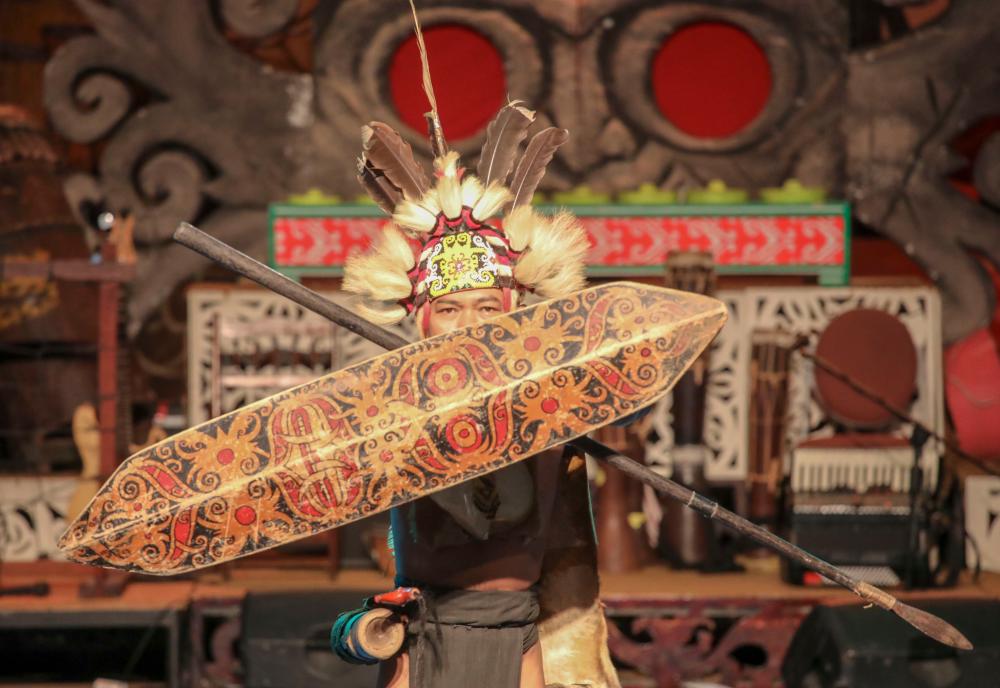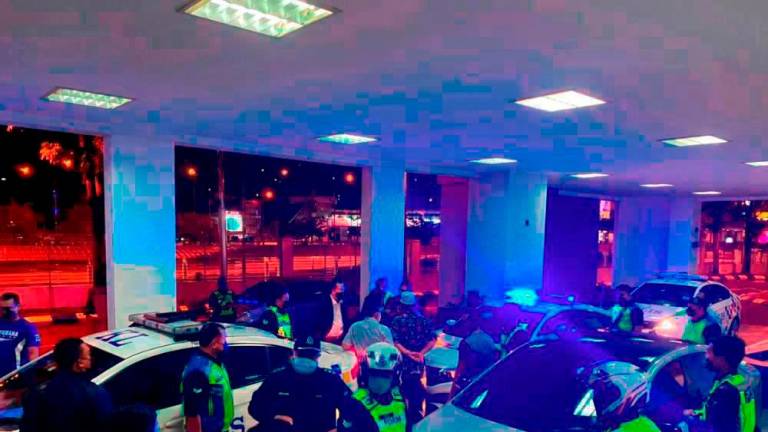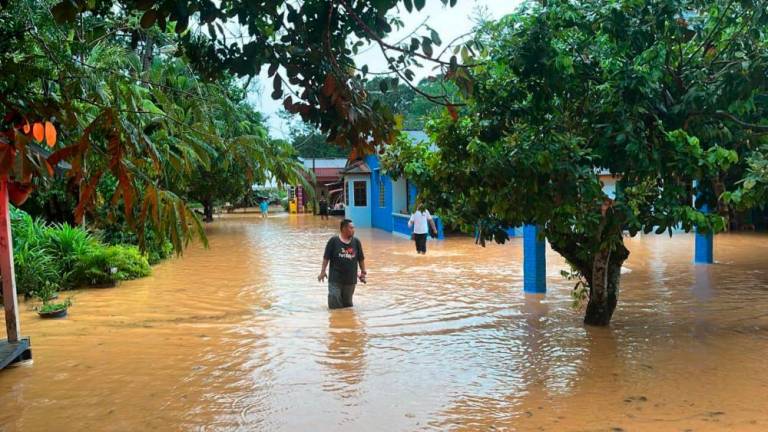LONG before it became the state capital of Sarawak, Kuching was a humble village with timber huts nestled along the Sarawak river.
According to one theory, Kuching, which translates to the word “cat” in Malay, earned its name due to the mata kuching fruit tree on a hill near the river mouth.
Under the White Rajahs, consisting of Sir James Brooke and his descendants who ruled over the land between 1841 to 1946, Kuching was transformed into a vibrant city, and post-Independence, has become a gateway for visitors to explore diverse cultures, nature and food.
Day 1
I arrived at Kuching and went straight to the heart of the city to visit colonial and historical monuments from the Brooke era, such as the Old Court House – a former Brooke administration office turned courthouse – Square Tower, Brooke’s Dockyard, the Rajah Charles Brooke Memorial and the Kuching State Mosque.
Down the street from the mosque is the Old Fire Station or Open Air Market, where I got to taste the local favourite RG ice cream with gula apong (which tastes like palm sugar) topped with cornflakes.
Indian Street is a popular destination for shopping. In the early days, spices, textiles and brassware were traded here.
At the Main Bazaar lie a plethora of arts and crafts, souvenir and cake shops, selling kek lapis (local layered cake), with various cafes for tourists to dine.
Cruising on the calm river
Visitors can relax with a two-hour river cruise while looking upon the beautiful buildings along the river, such as the majestic Astana Kuching built in 1841, which is now the residence of the state governor, the iconic Sarawak State Legislative Assembly building, and the Darul Hana Bridge, with its hornbill head-shaped pillars.
Along with the panoramic view of the city, unforgettable sunset and stunning view of the skyline, guests are also entertained with traditional dances.
Day 2
I had a wonderful day learning how to cook Sarawak chicken curry and midin, and weaving the pandan leaf basket for tako desserts, at the Bumbu Cooking Class run by local Bidayuh man Joseph Jissin anak Daniel, 60, at Carpenter Street.
Before class started, I visited the Satok Market to buy vegetables which I placed in a traditional basket called lumbok (pronounced ‘lumok’), also used by the Bidayuh tribe.
Joseph spoke about the various types of vegetables such as terung Dayak, and about wild fruits grown in Sarawak which are used in traditional food. During the class Joseph, who began teaching 14 years ago, also shared his Sarawak-style cooking tips.
Sarawak Cultural Village
At the Sarawak Cultural Village which lies 40 minutes from Kuching, I learned about the local culture, tradition and crafts. We visited reconstructions of the homes of various Sarawak tribes, including the Bidayuh longhouse, made of betong bamboo and comprising a row of rooms under one roof, and a Bidayuh ‘head house’ where skulls hung within.
Inside the Iban House, I watched an Iban woman weave the intricately-designed Pua Kumbu cloth using traditional weaving equipment.
High above the ground and surrounded by greenery was the enormous Orang Ulu house, which had a beautiful piece of native art called the Tree of Life. Climbing up its steep steps which were carved out of a tree log was a terrifying experience. A word of advice, don’t look down the ladder when descending.
Later, I enjoyed colourful multicultural dance performances at the Village’s Modern Theatre, before taking a walk to nearby Damai Beach to watch the sunset.
Although nature and wildlife are the main draw to Kuching, food and culture are fast gaining popularity among tourists. There is certainly more to explore in Kuching city.
This media junket to Kuching was sponsored by the Sarawak Tourism Board (STB).













